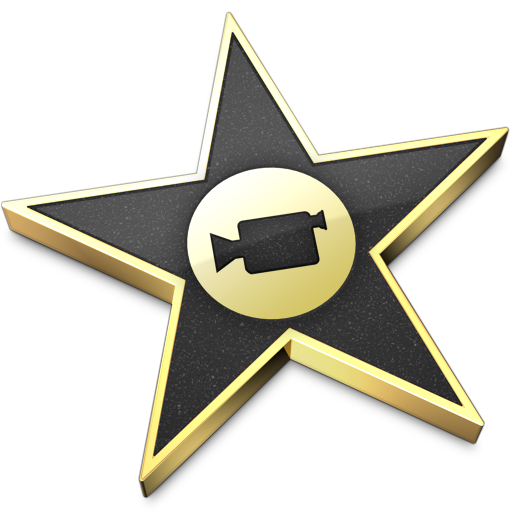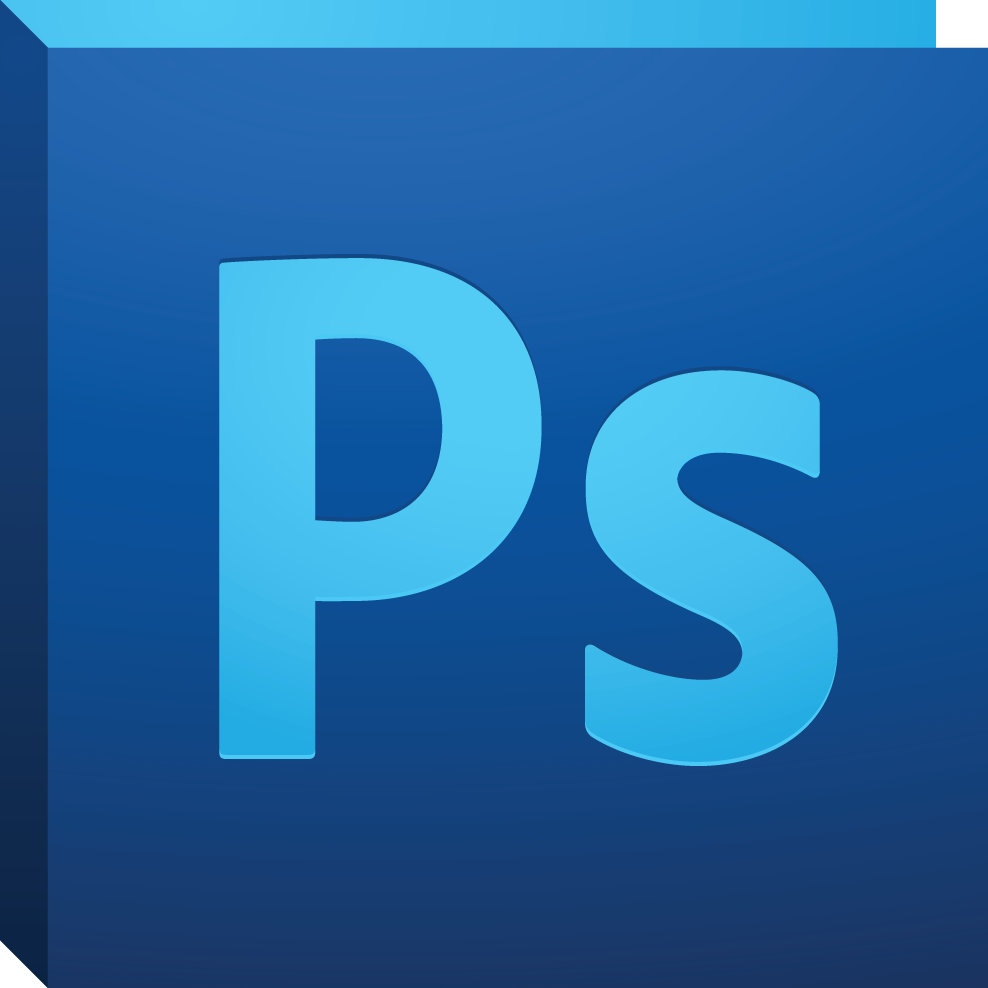 The main pieces of equipment we used was naturally the camera and tripod. Although the school provided us with a camera, we decided to use mine (a Canon PowerShot A2200) as it filmed in better quality, had more space and could more easily be attached to the tripod. We used this camera to film the whole music video and we liked this camera as it had great focus and picture quality considering how simple the camera is.
The main pieces of equipment we used was naturally the camera and tripod. Although the school provided us with a camera, we decided to use mine (a Canon PowerShot A2200) as it filmed in better quality, had more space and could more easily be attached to the tripod. We used this camera to film the whole music video and we liked this camera as it had great focus and picture quality considering how simple the camera is. Importing clips from the camera was also simple, which made our lives much easier. Altogether, we used three tripods: two of mine, and one from school. Base plates were a constant issue, as were height and panning capabilities. Height wise, the school tripod was the best, but for low angle shots, smooth panning and a stable camera, mine were better, even considering one was from the DDR! The school one was also extremely useful as it had a spirit level, allowing us to make sure our shots were all level.
Importing clips from the camera was also simple, which made our lives much easier. Altogether, we used three tripods: two of mine, and one from school. Base plates were a constant issue, as were height and panning capabilities. Height wise, the school tripod was the best, but for low angle shots, smooth panning and a stable camera, mine were better, even considering one was from the DDR! The school one was also extremely useful as it had a spirit level, allowing us to make sure our shots were all level. We used iMovie to edit the whole of our video, and offered almost every possible variable. If access to iMovie had not been possible, the quality and professionalism of our video would have been much less. Within the program, we could cut our clips precisely and add the music quickly and without hassle. It also enabled us to add effects, such as vignette, over our walking in the forest shots. Another critical 'gadget' within iMovie that was incredibly useful was the 'white point changer'. With this, we were able to add green overtones to all of Ophelia's scenes to further emphasize her connection to nature. For Hamlet's scenes, we changed the white point to a blue colour, to show how cold and desolate his life is without Ophelia, but during his scenes with Fintan, we altered it to an orange colour, indicating warmth and comfort.
We used iMovie to edit the whole of our video, and offered almost every possible variable. If access to iMovie had not been possible, the quality and professionalism of our video would have been much less. Within the program, we could cut our clips precisely and add the music quickly and without hassle. It also enabled us to add effects, such as vignette, over our walking in the forest shots. Another critical 'gadget' within iMovie that was incredibly useful was the 'white point changer'. With this, we were able to add green overtones to all of Ophelia's scenes to further emphasize her connection to nature. For Hamlet's scenes, we changed the white point to a blue colour, to show how cold and desolate his life is without Ophelia, but during his scenes with Fintan, we altered it to an orange colour, indicating warmth and comfort.  Photoshop was used to create the digipak and digipak advert. Without the advanced picture editing software
Photoshop was used to create the digipak and digipak advert. Without the advanced picture editing softwarewe would have had to use Paint or a similar program, which is the most basic tool for picture editing and our products would have suffered in doing so. With Photoshop, we were able to erase flaws, add photographs, crop pictures and edit several images at once. Although it was difficult to use at first, its extreme technicalities and details, although good, took a while to learn and get used to. However, if we had problems, the internet could provide us with answers.

YouTube was the website where we posted all the videos we created: make-up tutorials, rough cuts, final version. It is the perfect site to upload a video to, as most people have access to it and it is so well known. However, as it is so popular, there are thousands of videos uploaded everyday, so we doubt our video will receive many views. Its use of commenting and rating systems allows us to have direct interaction with our audience, something that several years ago would not have been possible.
 Blogger was the website most used over the year. It was here that we posted all our ideas, research, planning and final pieces. I really enjoyed constructing a blog that looked good and contained the work we needed to succeed- it was really fun and after completing most of the work, felt like an accomplishment. However, as we filmed and began to edit our videos, our blogs were sometimes forgotten, so please excuse a rushed post here and there. Blogger has been the best platform for blogging (with the exception on Tumblr) as it is simple to use and offers a variety of post options: you can upload photos, do text posts, embed videos...what ever you like. It also has the handy option of 'drafts'- if you made a mistake or want to change something without deleting the whole post, revert to draft, and change it. It makes aesthetics take a side seat, although you can choose your background, making it less distracting to do work.
Blogger was the website most used over the year. It was here that we posted all our ideas, research, planning and final pieces. I really enjoyed constructing a blog that looked good and contained the work we needed to succeed- it was really fun and after completing most of the work, felt like an accomplishment. However, as we filmed and began to edit our videos, our blogs were sometimes forgotten, so please excuse a rushed post here and there. Blogger has been the best platform for blogging (with the exception on Tumblr) as it is simple to use and offers a variety of post options: you can upload photos, do text posts, embed videos...what ever you like. It also has the handy option of 'drafts'- if you made a mistake or want to change something without deleting the whole post, revert to draft, and change it. It makes aesthetics take a side seat, although you can choose your background, making it less distracting to do work. All of these sites contribute to what is called Web 2.0. Web 2.0 describes World Wide Web sites that use technology beyond the static pages of earlier Web sites. Unlike websites before, it allow users to interact and collaborate with each other in a social media dialogue as creators of user-generated content in a virtual community, in contrast to Web sites where people are limited to the passive viewing of content. Examples of Web 2.0 include social networking sites, blogs, wikis, folksonomies, video sharing sites, hosted services, Web applications, and mashups. By using these interfaces, we have changed the way we communicate with others, there are no barriers, or at least there are less than there were 10 years ago. We have made ourselves incredibly public by using sites such as Blogger and YouTube, allowing others to almost directly contact us with their opinions- the middleman has been eliminated.

No comments:
Post a Comment